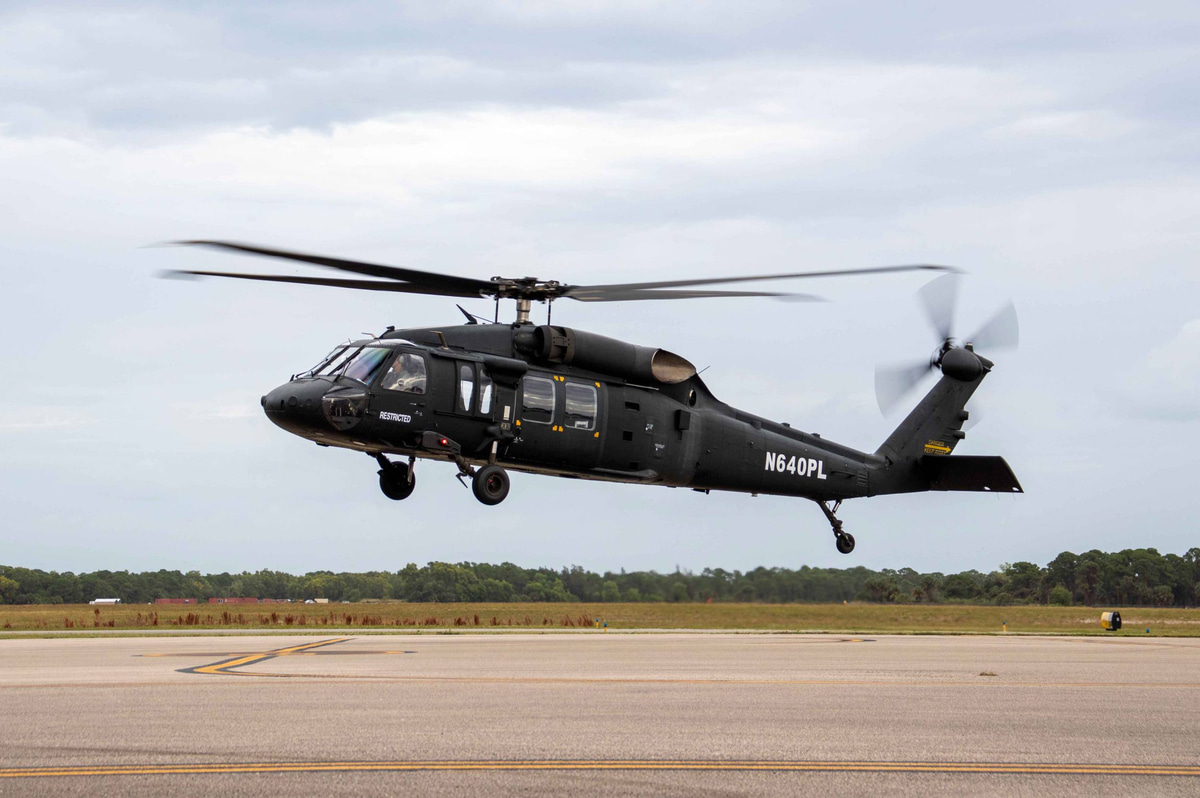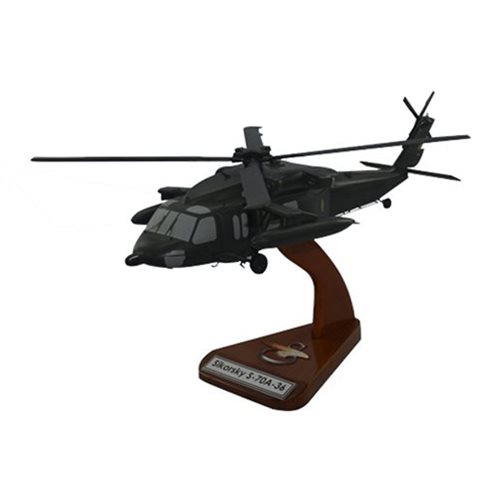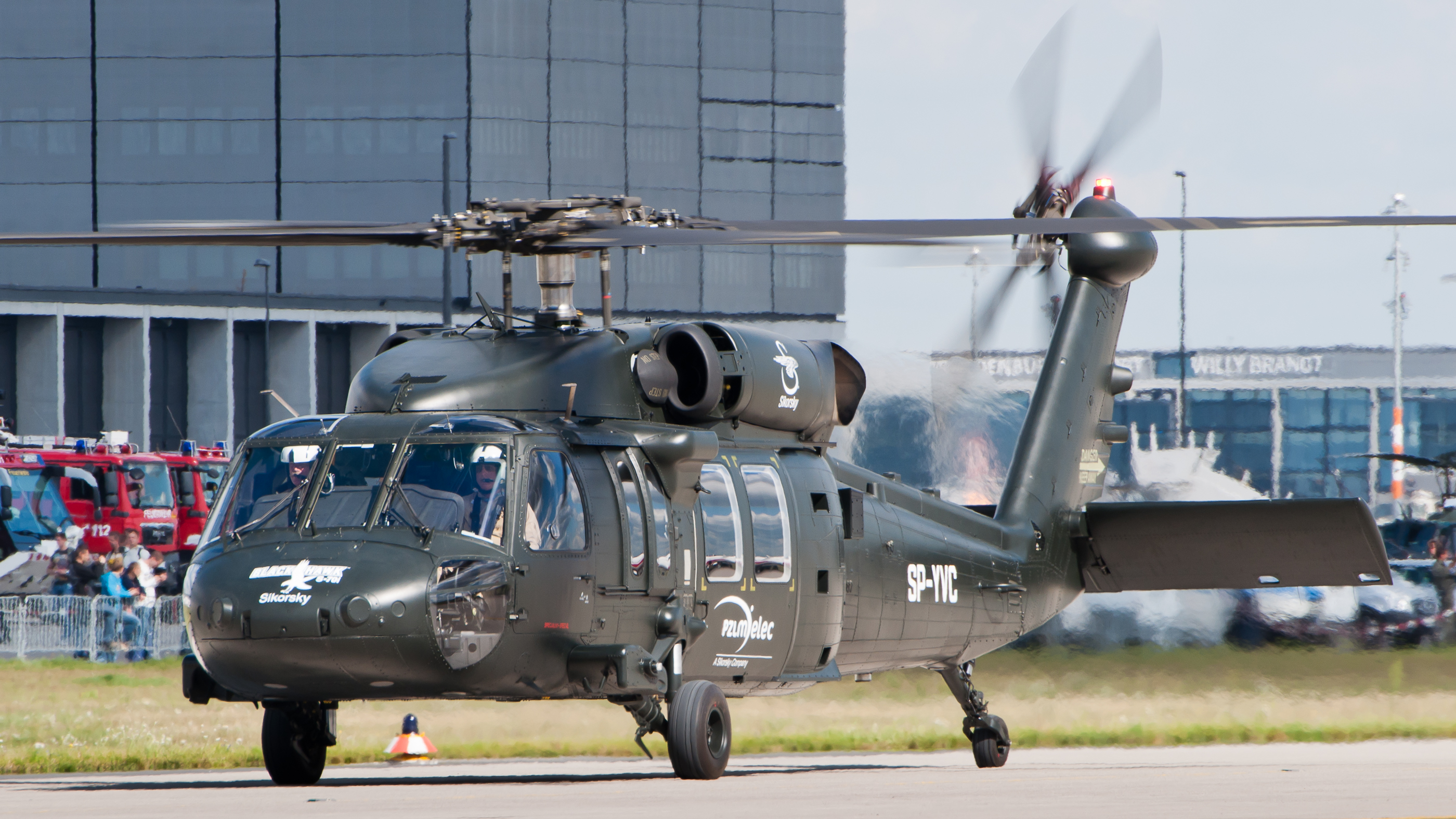High-Performance Multi-Role Rotorcraft Featuring Advanced Cabin Technologies and Integrated Sensor Systems
The realm of rotorcraft technology has seen noteworthy advancements in recent times, especially in the realm of high-performance multi-role rotorcraft equipped with advanced cockpit innovations and perfectly integrated sensor systems. In the following discussion, we will discover the evolution of rotorcraft modern technology, dive right into the realm of advanced cabin innovations, and examine the effects of integrated sensing unit systems on the functional flexibility and effectiveness of contemporary rotorcraft.
Development of Rotorcraft Modern Technology
The evolution of rotorcraft innovation has actually been noted by substantial advancements in the rules of aerodynamics, materials, and propulsion systems, shaping the capacities and efficiency of contemporary rotorcraft. Furthermore, innovations in propulsion systems, consisting of much more powerful engines and cutting-edge propulsion innovations, have actually enabled rotorcraft to achieve higher elevations, faster speeds, and greater hauls.
These innovations have not only transformed the capacities of rotorcraft however have actually additionally broadened their applications throughout various markets, including military, commercial, and emergency situation solutions. The constant development of rotorcraft modern technology remains to drive innovation in the area, pressing the borders of what is possible and forming the future of upright trip.
Advanced Cockpit Innovations
Building upon the fundamental innovations in the rules of aerodynamics, products, and propulsion systems, the realm of rotorcraft modern technology currently changes focus in the direction of introducing Advanced Cockpit Innovations. The combination of innovative modern technologies within the cockpit environment plays a vital role in improving the functional capacities, safety and security, and performance of modern rotorcraft. sikorsky s 70. Advanced Cockpit Innovations encompass a broad selection of functions developed to provide pilots with boosted situational recognition, streamlined information administration, and instinctive control user interfaces
Among the vital advancements in cabin layout is the application of glass cabins, which change traditional analog assesses with high-resolution display screens. These digital systems provide adjustable formats, real-time information assimilation, and enhanced readability, allowing pilots to access crucial details at a look. Advanced avionics systems, such as fly-by-wire controls and increased reality displays, are transforming just how pilots connect with the airplane, permitting for specific control and boosted decision-making capabilities.


Including advanced cabin technologies not just enhances pilot performance yet likewise adds to overall objective efficiency and safety and security in complex operational settings. By leveraging modern technologies within the cockpit, rotorcraft manufacturers are establishing brand-new requirements for functional quality and objective success.
Integrated Sensor Systems
With the development of rotorcraft modern technology, the combination of innovative Integrated Sensing unit Systems has actually ended up being critical in boosting functional effectiveness and security. These Integrated Sensing unit Solutions include a large variety of technologies that give essential data for different functions such as navigating, surveillance, targeting, and environmental monitoring. By seamlessly integrating sensors like radars, cameras, lidar, and infrared systems right into rotorcraft, drivers can gain from improved situational understanding, boosted objective abilities, and minimized pop over to this site pilot work.
One trick benefit of Integrated Sensing unit Systems is their ability to gather real-time information and offer actionable insights to pilots and goal drivers. Advanced radar systems can detect and track targets over long ranges, permitting for early risk discovery and effective response planning. Additionally, integrating electro-optical and infrared video cameras allows rotorcraft to perform reconnaissance and security goals with precision and precision.
In essence, the combination of advanced sensor technologies right into rotorcraft not only enhances functional effectiveness but likewise contributes substantially to total goal success and staff safety and security. As rotorcraft remain to advance, the role of Integrated Sensing unit Equipment will undoubtedly remain at the forefront of innovation in the aerospace industry.
Operational Adaptability and Performance
Enhancing functional flexibility and efficiency in rotorcraft is a natural progression from the assimilation of sophisticated Integrated Sensor Systems. By leveraging the understandings and information supplied by these advanced sensing unit systems, rotorcraft can optimize their performance across various objectives and atmospheres.
Functional convenience includes the capacity of rotorcraft to adapt to various functions and scenarios effectively. With advanced cabin modern technologies and incorporated sensing unit systems, rotorcraft can effortlessly change in between tasks such as search and rescue, medical emptying, monitoring, and extra. This convenience boosts the rotorcraft's capability to satisfy diverse functional demands without requiring comprehensive reconfiguration.
Performance in rotorcraft procedures is critical for taking full advantage of mission effectiveness and resource usage. Integrated sensing unit systems play a pivotal role in enhancing functional performance by supplying real-time information on climate condition, terrain mapping, target tracking, and more. This information makes it possible for pilots to make informed decisions promptly, enhance trip courses, save gas, and improve general goal performance.
Impact on Modern Aeronautics Procedures

Additionally, the combination of sophisticated sensors assists in boosted mission planning and implementation, enabling rotorcraft to do a wide variety of jobs with boosted precision. From search and rescue procedures to airborne firefighting and regulation enforcement objectives, the capabilities of modern rotorcraft equipped with advanced cabin technologies and incorporated sensor systems are unparalleled.
In addition, the influence of these developments expands past operational performance to cost-effectiveness and sustainability. By maximizing trip paths, gas usage, and upkeep schedules, More Info high-performance rotorcraft outfitted with sophisticated cockpit innovations and sensors contribute to reducing functional expenses and environmental effect, making them indispensable possessions in modern-day air travel procedures.
Verdict
To conclude, the high-performance multi-role rotorcraft with innovative cockpit technologies and incorporated sensor systems stands for a considerable evolution in aeronautics innovation. These innovations improve functional versatility and efficiency, eventually impacting modern-day aviation operations in a positive way. The assimilation of these advanced modern technologies enables improved capacities and performance in various mission circumstances, showcasing Learn More the proceeded innovation of rotorcraft modern technology in the air travel sector.
The realm of rotorcraft innovation has seen significant improvements in recent times, particularly in the realm of high-performance multi-role rotorcraft geared up with sophisticated cabin technologies and perfectly integrated sensor systems. From improved objective flexibility to enhanced functional effectiveness, the merging of sophisticated cockpit innovations and integrated sensing unit systems has ushered in a new era of possibilities for rotorcraft applications. In the complying with conversation, we will explore the evolution of rotorcraft technology, dive right into the world of sophisticated cockpit innovations, and check out the ramifications of integrated sensor systems on the operational adaptability and effectiveness of contemporary rotorcraft.
